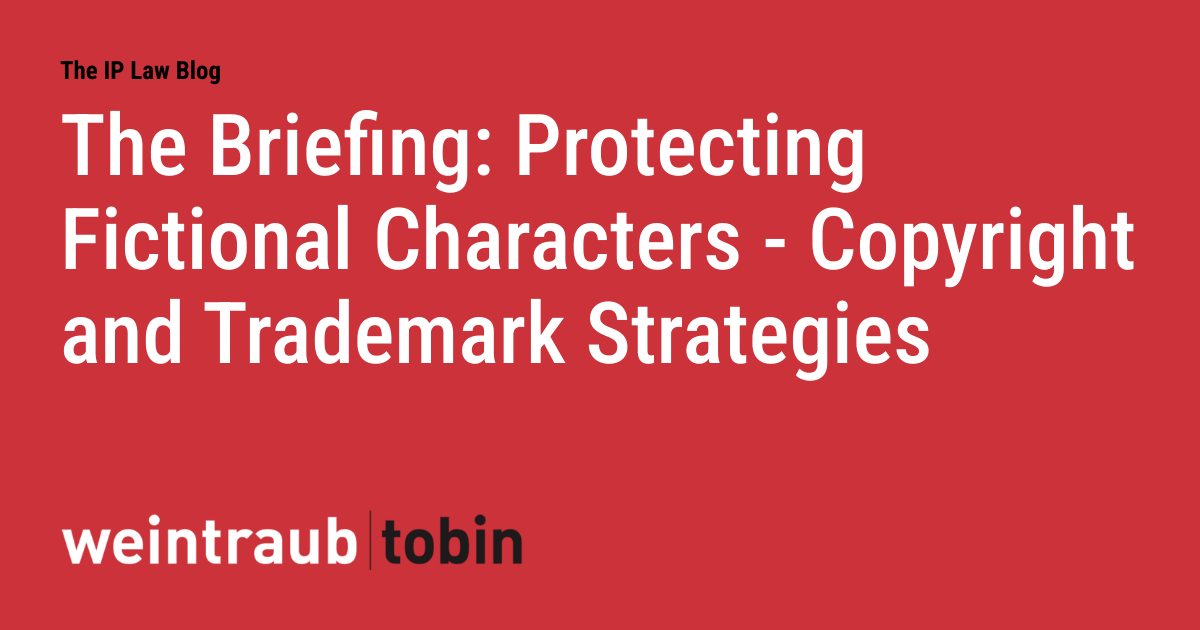
"Can a car, a superhero, or even a cartoon sidekick be protected by copyright? In this episode of The Briefing, Scott Hervey and Matt Sugarman break down how fictional characters earn legal protection - and when they don't. From DC Comics v. Towle (the "Batmobile" case) to Carroll Shelby Licensing v. Halicki (the "Eleanor" case), Scott and Matt explore the three-part test for character copyrightability, how trademark rights can extend protection, and what creators and studios can do to safeguard their most valuable IP assets."
"and what creators and studios can do to safeguard their most valuable IP assets. You'll learn: What makes a fictional character "especially distinctive" under copyright law Why consistency across stories matters for protection How trademark rights protect character names and merchandise The difference between creative expression and brand identity Watch this episode on YouTube or listen to the podcast and learn how to keep your characters safe from copycats."
Fictional characters qualify for copyright when they are especially distinctive and consistently portrayed across works, satisfying a three-part copyrightability test. Trademark law supplements protection by covering character names and merchandise, preserving brand identity separate from expressive elements. Case law such as DC Comics v. Towle (the Batmobile) and Carroll Shelby Licensing v. Halicki (the Eleanor) illustrates tensions between copyright and trademark claims over iconic vehicles and designs. Creators and studios can combine copyright and trademark strategies to protect characters and related products, focusing on distinctive characterization, consistent depiction, and active trademark registration and enforcement.
Read at The IP Law Blog
Unable to calculate read time
Collection
[
|
...
]